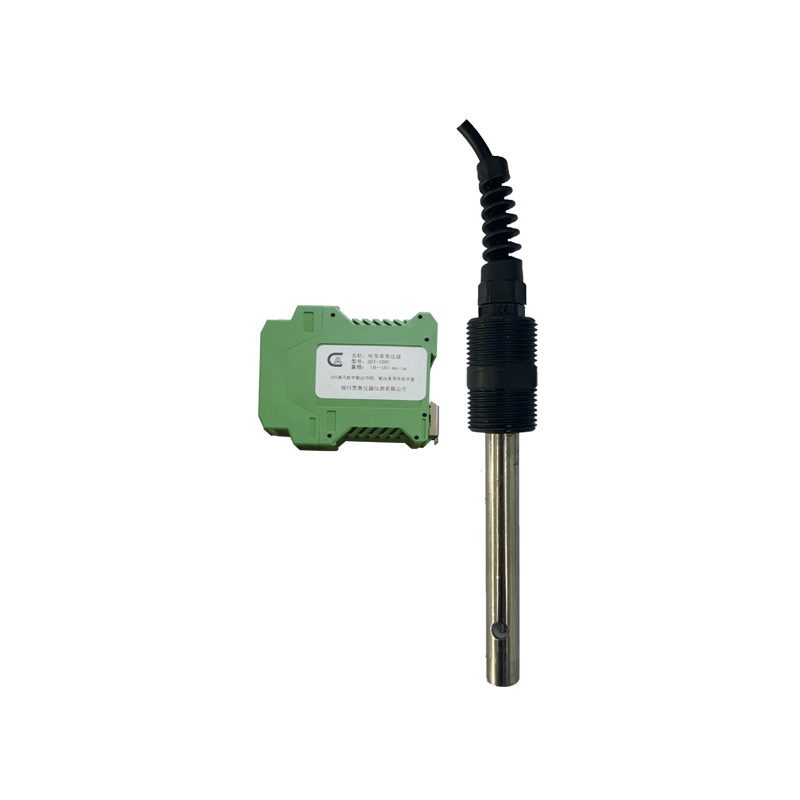The water conductivity tester is an instrument used to measure the conductivity of water quality, and its measurement accuracy and accuracy require regular calibration to ensure the reliability of the measurement results. Here are some general calibration steps:

2. Wash the conductivity tester. Clean the electrodes and probes of the conductivity tester with clean water and wipe them clean with pure water. Avoid using organic solvents or strong acids and bases to clean the electrodes, as this may damage the electrodes and affect the calibration results.
3. Place a conductivity tester. Insert the conductivity tester into the standard conductivity solution, ensuring that the electrodes and probes are immersed in the liquid and stabilized in the liquid to ensure stable reading of the conductivity tester.
4. Perform calibration. Calibrate according to the instructions on the conductivity tester. The usual calibration method is to press the calibration button or use the calibration knob for calibration. During the calibration process, the conductivity tester will automatically record the standard conductivity value, compare it with the reading, and adjust the measured value to match the standard value.
5. Repeat the calibration steps. If higher accuracy is required, standard solutions with different conductivity can be used for calibration, and the conductivity tester can be adjusted as needed. Usually, using standard conductivity solutions of 12880 µ S/cm and 111 µ S/cm for calibration is sufficient to cover common water quality ranges.
6. Record the calibration results. After calibration is completed, record the calibration results and date, and mark the calibration date on the conductivity tester to track the accuracy of the conductivity tester and track the needs for subsequent calibration.
It should be noted that before calibration, the electrodes and probes of the conductivity tester should be checked for damage or contamination, and ensure that the temperature of the standard conductivity solution is the same as the ambient temperature. In addition, conductivity testers should be regularly maintained, electrodes and probes should be cleaned, and electrodes and probes should be replaced to ensure their long-term accuracy and reliability.



